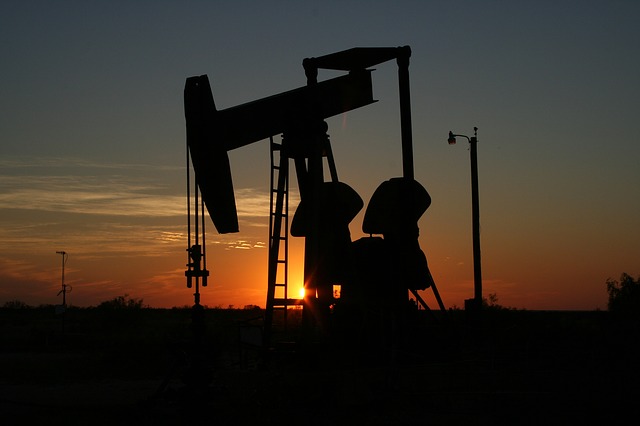By Alex Plotkin
OPEC is an intergovernmental oil cartel whose purpose is to oversee the policies of all oil-producing countries. It was created at the Baghdad Conference on September 14th 1960, by Iraq, Kuwait, Iran, Saudi Arabia and Venezuela and was headquartered in Geneva, Switzerland. It was joined later on by nine additional governments: Libya, United Arab Emirates, Qatar, Indonesia, Algeria, Nigeria, Ecuador, Angola, and Gabon. OPEC is currently located in Vienna, Austria.
OPEC was formed at a time when the international oil market was a distinct entity, entirely detached from global economies; it was controlled by multinational companies. According to OPEC’s stated policy, all countries have the right to exercise sovereignty over their natural resources and all individual members have sovereign immunity for their actions.
Oil Embargo
OPEC began to gain influence in the 1970’s and in October 1973, it declared an oil embargo in response to the United States’ and Western Europe’s support of Israel in the Yom Kippur War. Oil prices zoomed up from $3 per barrel to $12 and gas rationing in the U.S. began. U.S. gas stations limited the amount of gasoline that could be dispensed, closed their tanks on Sundays, and restricted the days gasoline could be purchased based on specific license plates. Even after the embargo ended, oil prices continued to rise until March 1974. In the meantime, membership in OPEC grew to 13 when the organization undertook to sell oil for socio-economic growth of the poorer member nations.
No Gas-Small Cars
The Oil Embargo of 1973 significantly affected the lives of U.S. citizens who began purchasing smaller, more efficient cars. President Richard Nixon recommended that drivers reduce their speed for the sake of conservation and Congress issued a 55 mph limit. In addition, Daylight savings time was extended year round to reduce electrical use in the home. Nixon also created the Energy Department as a cabinet ministry and people were asked to decrease their thermostats to not more than 65 degrees during the winter months. Some factories changed their main energy supply to coal.
The oil embargo lasted only a year but during that time oil prices quadrupled and unemployment climbed to its highest percentage ever. Inflation hit an all-time high while production of large gas- guzzling cars fell. The result was that the OPEC nations came to realize that their oil could be used as a bargaining chip for both political and economic reasons.
In the 1980’s, the high prices resulted in a fall in oil demand and prices dropped considerably, causing the OPEC nations to experienced severe economic hardships. In response, OPEC cut its production in order to boost the price. At the same time, environmental issues began to develop on the global energy scene causing demand for oil to dip even lower. Consequently, the price of oil continued to retreat and by 1999 had reverted back to 1986 levels.
As a result of the deep drop in oil prices, on March 28, 2000 OPEC adopted the $22-$28 price band for the OPEC basket of crude. Until that time, real oil prices exceeded $30.00 per barrel only when responding to a war or a conflict in the Middle East. OPEC cancelled its price band in 2005 and with its restricted production capacity, was unable to halt a rush in oil prices.
During the early 2000’s, a combination of factors ensued which pushed up oil prices even as supplies remained high. Record highs were reached in mid-2008 before dropping down in response to the 2007 financial crisis.
Today, OPEC continues to focus on the need for stable energy markets, sustainable oil production, and environmental sustainability. Talks have been held in Caracas and Riyadh in 2000 and 2007 to discuss these goals.



































